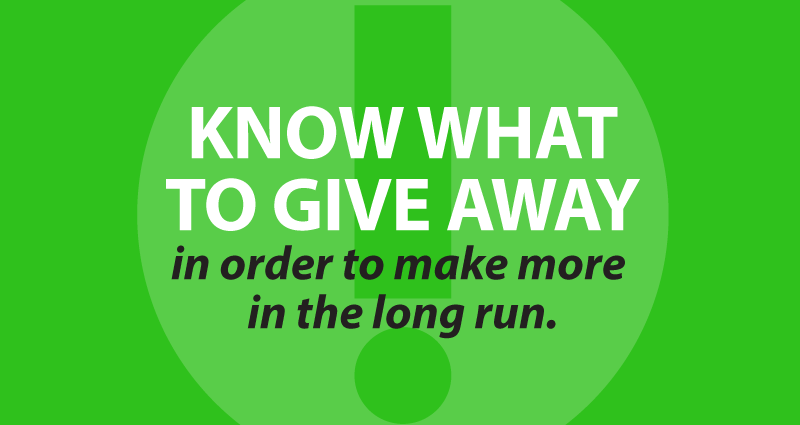
Jerry Garcia could teach you a thing or two
The Grateful Dead may not have been the best band musically, instrumentally or lyrically, but they may have been the best touring band ever.
They were considered the “pioneering Godfathers of the jam band world” known for songs that went on and on, experimenting and mixing rock, folk, bluegrass, country and various other music genres. They apparently never played the same set list twice, and it is estimated they picked from around 500 songs, of which 150 were originals.
And they never stopped touring. From December 1965 to Jerry Garcia’s death in 1995, there were over 2300 concerts known to be recorded by their fans.
You read that right, 2300 concerts.
And instead of being worried about copyrights, control over their public image, and profiting from their music, the Grateful Dead encouraged attendees to record their concerts and shoot pictures of the shows. In 1984 they even set up a special section for tapers behind the band’s mixing board — a “forest of professional-grade microphones rising to the sky.”
So, with all of these bootleg tapes around, how did the band make any money? Well, they released 19 gold albums, 6 platinum albums, and 4 multi-platinum albums. They sold tickets to those 2300 shows directly to fans, without a middleman taking a piece of the profits. And their Deadhead fans would follow them from city to city, often attending hundreds of shows.
So which description fits best — drug-addled stoners or savvy businessmen? Maybe both, but there are several marketing lessons we can learn from the Grateful Dead:

Sell the experience.
Until recently, most recording artists approached concert tours as a way to boost sales of their albums. Now that digital downloads and sharing have cannibalized album sales, tours are where artists are making money. The Dead aren’t a relic of their time, they were ahead of their time.
Know what to give away in order to make more in the long run.
Those bootleg tapes were free marketing for the band’s performances. Give away what is readily available (bootlegs), and make what isn’t (live performances) even more unique.
Build a fan base.
Because the band handled ticket sales, their most dedicated fans were rewarded by being able to purchase the best tickets to the next show, which increased fan loyalty. The band also supported fans who sold merchandise and food at their shows.
Immediately reinforce.
Since Garcia’s death, the band has continued on as The Dead and Further. During recent tours, fans could pre-pay for a professional recording of the show they were about to see. As each set wrapped up, engineers would make 1000 copies of the set, and by the end of the third set those who had paid could trade in their wristband for the 3-CD set.
Want to read more? Check out this book from David Meerman Scott and Brian Halligan: Marketing Lessons from the Grateful Dead: What Every Business Can Learn From the Most Iconic Band in History.
-=-=-=-
And thanks to Brian Warfel at Power Financial for turning me onto the idea for this post!
- It’s hard not to get caught up in a buzz that surrounds you. - April 9, 2024
- Turn your staff into an Idea Factory. - February 27, 2024
- Move with the future or get left behind - February 6, 2024
